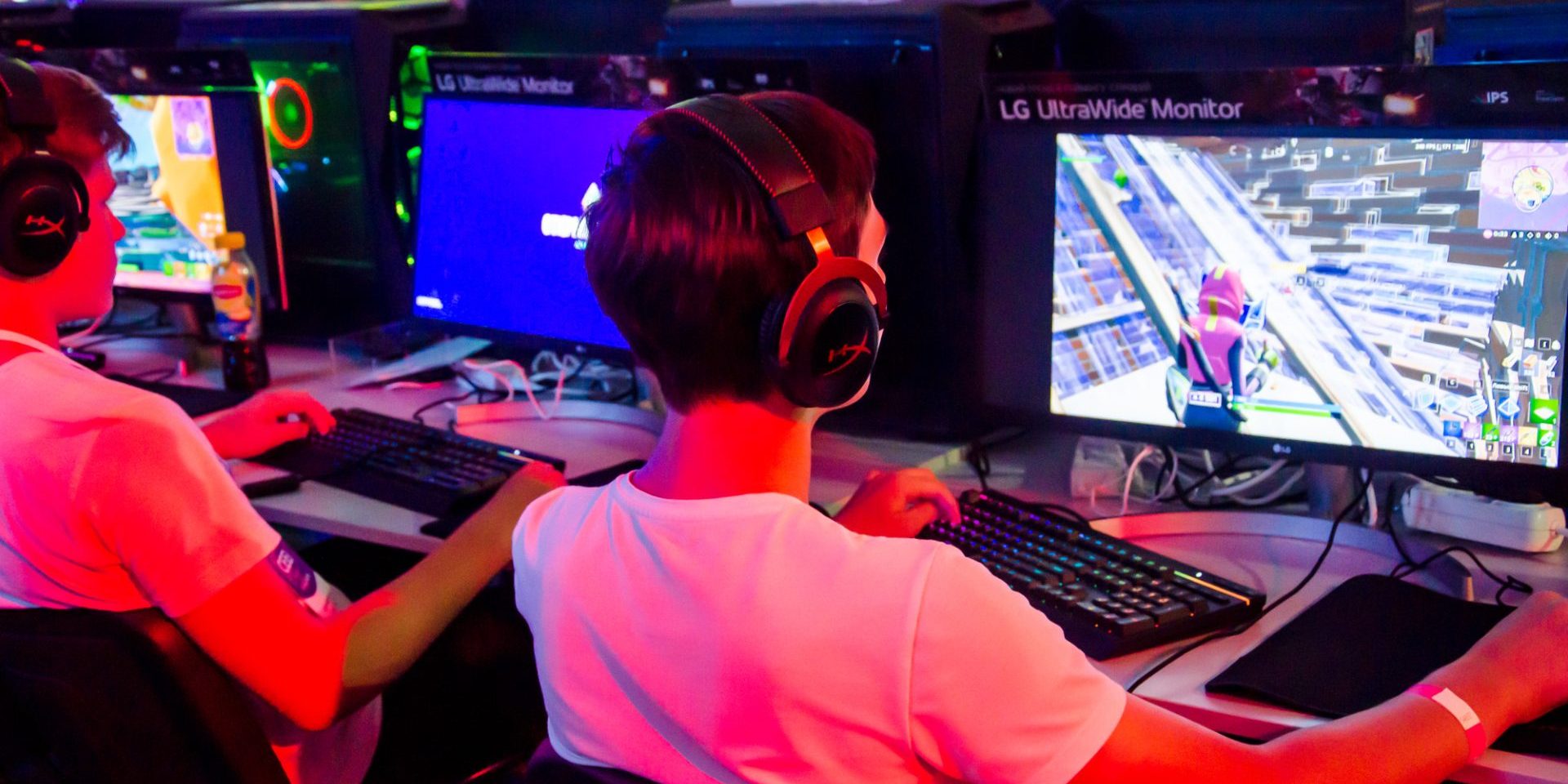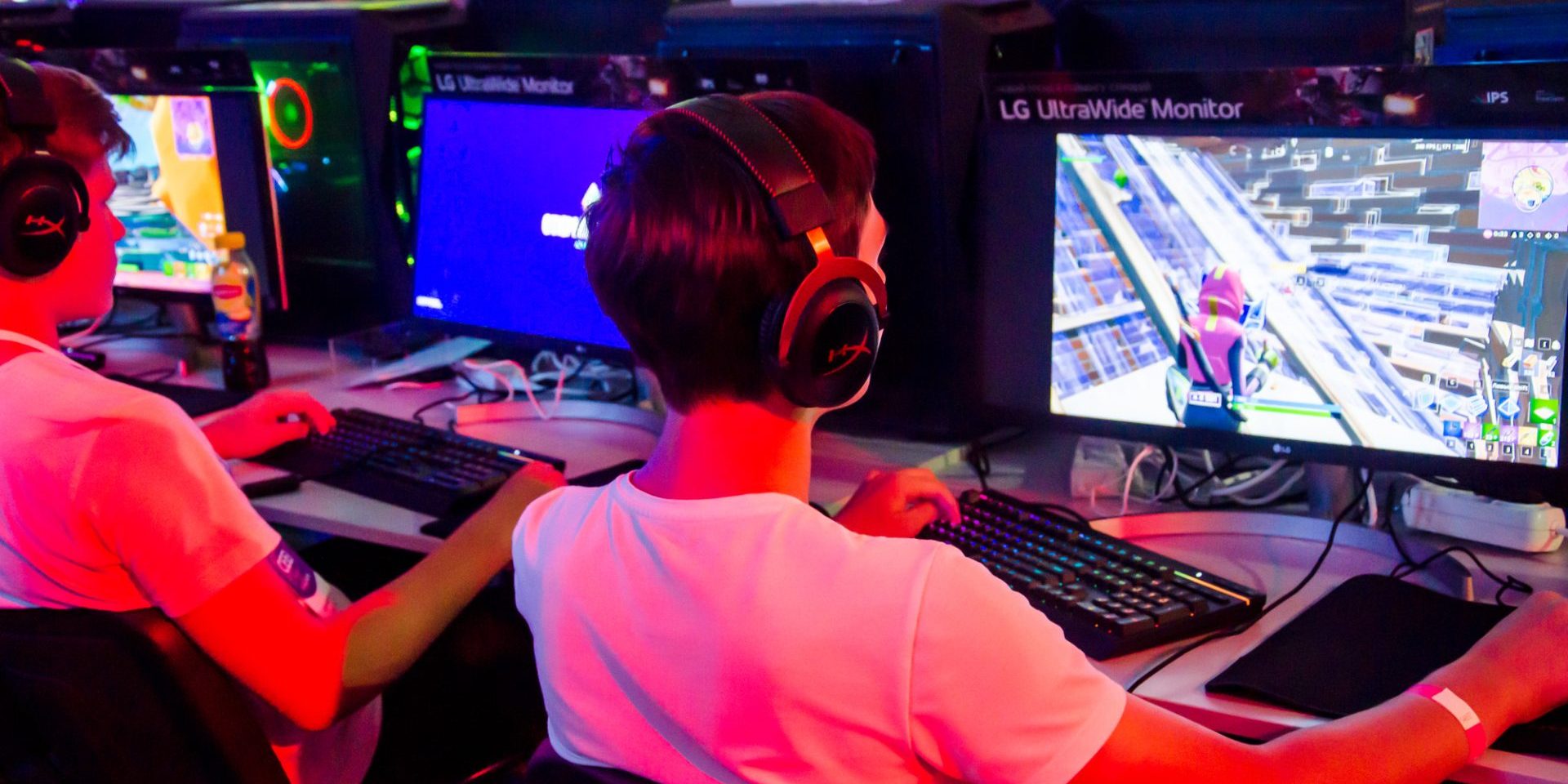Video games have emerged as formidable competitors to traditional television in recent years. The rise of esports and streaming platforms has reshaped the entertainment landscape, attracting millions of viewers worldwide. Professional gaming tournaments now rival traditional sports broadcasts in terms of viewership and revenue generation.
This shift in audience preferences has prompted television networks to adapt their strategies. Many broadcasters have started incorporating gaming content into their programming or partnering with esports organizations to tap into this growing market. The interactive nature of video games and the ability to watch skilled players compete in real-time have captivated audiences, especially younger demographics.
The competition between video games and traditional television extends beyond live events. Streaming services dedicated to gaming content have gained immense popularity, offering on-demand access to gameplay footage, tutorials, and commentary. This flexibility in content consumption has challenged the traditional TV model, forcing networks to reevaluate their approaches to audience engagement and content delivery.
The Rise of Esports and Video Game Viewership
Esports has transformed competitive gaming into a global phenomenon, attracting millions of viewers and offering substantial prize pools. The industry has experienced rapid growth, especially during the COVID-19 pandemic, with streaming platforms playing a crucial role in its expansion.
Esports vs. Traditional Sports
Esports has gained significant popularity, challenging traditional sports for viewers’ attention. Professional gamers now compete in sold-out arenas, mirroring the atmosphere of conventional sporting events. The League of Legends World Championship in 2013 drew 32 million viewers, showcasing esports’ potential to reach mass audiences.
Esports encompasses various game genres, including first-person shooters, real-time strategy, and sports simulations. Each genre has its dedicated fan base and competitive scene. The diversity of games appeals to a wide range of viewers, contributing to the industry’s growth.
Global Pandemic: A Catalyst for Growth
The COVID-19 pandemic accelerated esports’ rise as traditional sports faced cancellations and postponements. With people spending more time at home, online gaming and esports viewership surged. Many turned to virtual competitions for entertainment and social connection during lockdowns.
Esports organizations quickly adapted to the new reality, hosting online tournaments and events. This flexibility allowed the industry to thrive while other sectors struggled. The pandemic highlighted esports’ resilience and potential as a form of entertainment that can operate remotely.
Tournaments and Prize Pools
Major esports tournaments now offer prize pools rivaling those of traditional sports. The International, Dota 2’s premier event, has consistently broken records for its prize pool. In recent years, it has exceeded $30 million, distributed among participating teams.
These substantial rewards have attracted more players to pursue professional gaming careers. High-profile tournaments also draw massive viewership, both online and in-person. The competition and spectacle of these events contribute to esports’ growing legitimacy as a professional pursuit.
Streaming Platforms: Twitch and YouTube
Streaming platforms have been instrumental in esports’ growth. Twitch and YouTube Gaming provide accessible platforms for viewers to watch live tournaments, professional players’ streams, and gaming content.
Twitch, in particular, has become synonymous with gaming streams. It allows viewers to interact with streamers in real-time, creating a sense of community. This engagement has helped build loyal fan bases around games and individual players.
YouTube’s on-demand content complements live streaming, offering highlights, analysis, and educational content. The platform’s reach has helped introduce esports to broader audiences, further driving its popularity.
The Economic Landscape: Revenue and Partnerships
Video games have transformed into a major economic force, rivaling traditional television in terms of revenue and partnerships. The industry’s financial success stems from innovative monetization strategies, professional team structures, and market expansion across diverse gaming genres.
Monetizing Viewership
Esports tournaments attract massive viewership, generating substantial revenue through advertising and sponsorships. The League of Legends World Championship draws audiences comparable to traditional sports events. Streaming platforms like Twitch and YouTube Gaming have become key revenue sources for game publishers and content creators. These platforms offer subscription models, virtual gifts, and ad revenue sharing. Game companies also profit from in-game purchases, battle passes, and downloadable content.
Professional Teams and Sponsorships
Professional gaming teams have emerged as valuable brands, attracting major corporate sponsors. Organizations like Team Liquid and FaZe Clan operate similarly to traditional sports franchises. They sign top players, secure sponsorships, and sell merchandise. Large companies from various sectors invest in esports teams and leagues. The industry has seen partnerships with brands like BMW, Coca-Cola, and Red Bull. These collaborations bring significant financial support and legitimacy to competitive gaming.
Gaming Genres and Market Expansion
The video game industry’s economic growth extends across various genres. Battle royale games like Fortnite have achieved massive popularity and financial success. Multiplayer online battle arena (MOBA) titles such as League of Legends continue to dominate the esports scene. Mobile gaming has expanded the market, reaching new demographics and generating billions in revenue. The industry’s diversity allows for multiple revenue streams, including game sales, microtransactions, and subscription services. This variety helps maintain steady growth and attracts investment from both gaming and non-gaming companies.
Changing Media Consumption Behaviors
The landscape of media consumption is shifting dramatically. Streaming services, mobile gaming, and new players in the entertainment industry are reshaping how people engage with content.
Audience Preferences: Streaming vs. Cable
Streaming platforms have gained significant ground against traditional television. Netflix, Disney+, and Amazon Prime Video offer on-demand access to vast libraries of content, appealing to viewers who prefer flexibility in their watching habits. Cable subscriptions have declined as more households opt for streaming-only options.
Young audiences gravitate towards online video platforms like YouTube and TikTok. These services provide interactive, user-generated content that fosters a different type of engagement compared to passive TV viewing. The shift is particularly pronounced among Gen Z and Millennials, who spend more time on digital platforms than traditional TV.
Mobile Gaming Dominance
Mobile devices have become a primary platform for entertainment consumption, with gaming leading the charge. Smartphones and tablets offer easy access to a wide variety of games, from casual puzzles to complex multiplayer experiences.
The convenience of mobile gaming has attracted a broad audience, including demographics not typically associated with video games. Gen X, for example, shows gaming habits similar to younger generations. This trend challenges assumptions about age-based media consumption patterns.
Mobile games often incorporate social features, creating communities and encouraging frequent engagement. This social aspect adds another layer of competition against traditional TV for viewers’ attention and time.
The Roles of Disney, Hulu, and Amazon in Viewing Trends
Major media companies are adapting to changing consumption habits by launching their own streaming services. Disney+ has quickly become a powerhouse, leveraging its vast content library and producing exclusive shows and movies.
Hulu, partly owned by Disney, offers a mix of on-demand content and live TV options, bridging the gap between streaming and traditional cable. This hybrid model appeals to viewers who want current programming alongside on-demand content.
Amazon Prime Video, bundled with Amazon’s popular Prime subscription, has become a significant player in the streaming market. The service offers original content, third-party shows and movies, and the option to rent or buy additional titles.
These platforms are investing heavily in original content production, competing directly with both traditional TV networks and established streaming services like Netflix. The resulting content wars have led to an abundance of high-quality programming options for viewers.
Future Projections and the Evolution of Interactive Entertainment
Video games are rapidly transforming the entertainment landscape, blending cutting-edge technology with immersive experiences. This shift is reshaping how people consume media and interact with digital content.
Innovations in Gaming Infrastructure
Cloud gaming platforms are gaining traction, allowing players to stream high-quality games without expensive hardware. 5G networks are enhancing mobile gaming experiences, reducing latency and enabling more complex multiplayer interactions. Virtual and augmented reality technologies are becoming more sophisticated, offering deeper immersion in game worlds.
Artificial intelligence is improving game dynamics, creating more realistic non-player characters and adapting gameplay to individual preferences. Blockchain technology is being integrated into gaming ecosystems, facilitating secure in-game transactions and ownership of digital assets.
Expanding Horizons: Social Impact and Talent Development
Esports continue to grow as a global phenomenon, with professional leagues and tournaments attracting massive audiences. Universities are introducing esports programs, recognizing gaming as a viable career path. This trend is creating new job opportunities in fields like game design, event management, and professional gameplay.
Gaming is increasingly used for educational purposes, with serious games teaching skills in fields such as medicine and engineering. Social gaming platforms are fostering online communities, providing spaces for people to connect and collaborate. The industry is also addressing issues of diversity and inclusion, working to create more representative games and inclusive gaming environments.











